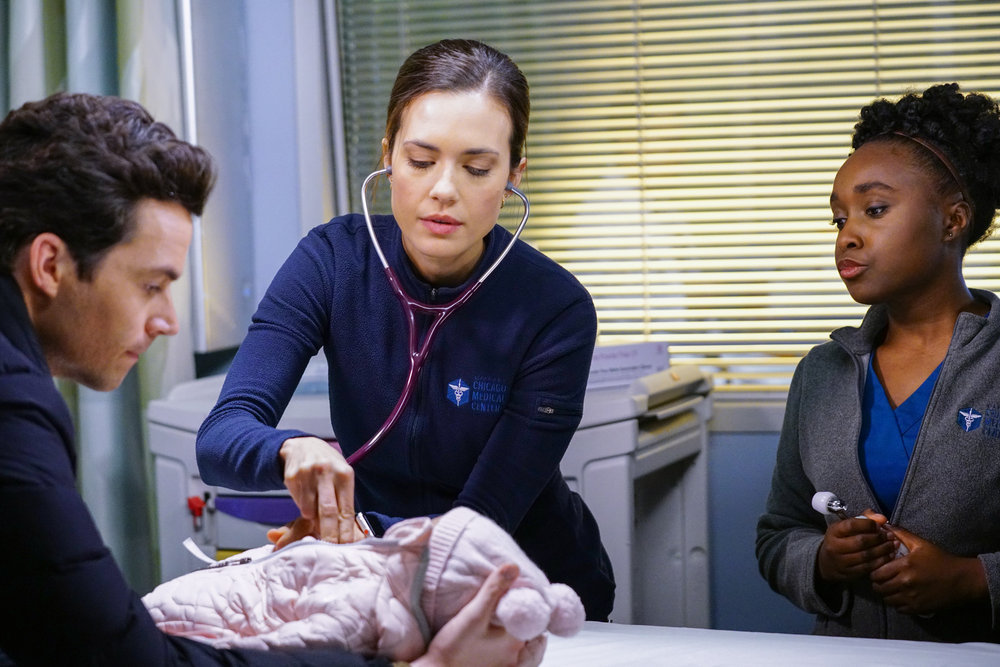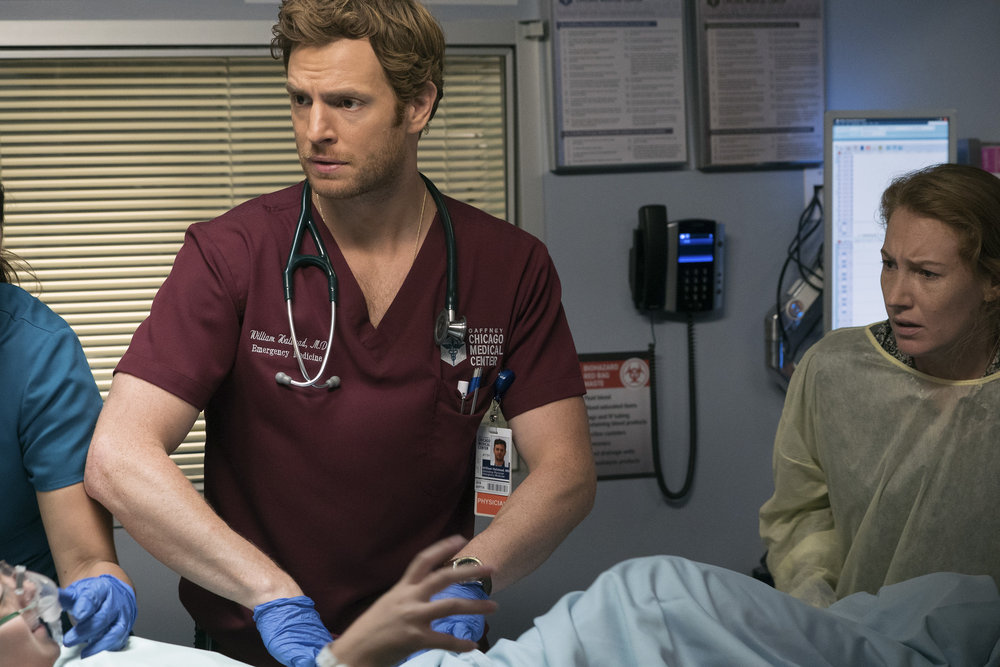Chicago Med (2015): A Bold Entry into Medical Drama
Chicago Med premiered on NBC on November 17, 2015, as the third installment in Dick Wolf’s expansive Chicago franchise, following Chicago Fire and Chicago P.D. Set in the fictional Gaffney Chicago Medical Center, the series offers an emotionally charged look into the lives of the hospital's doctors, nurses, and patients as they navigate high-stakes cases and personal dilemmas. With its fast-paced storytelling, strong ensemble cast, and crossover potential, Chicago Med quickly carved out a place for itself in the crowded world of medical dramas.
The first season introduced viewers to Dr. Will Halstead (played by Nick Gehlfuss), a skilled emergency medicine physician and the brother of Chicago P.D.’s Jay Halstead. His confident, sometimes impulsive approach contrasts with Dr. Connor Rhodes (Colin Donnell), a trauma surgeon with a privileged background and a complicated relationship with his own father. Dr. Natalie Manning (Torrey DeVitto), a pediatrician recently widowed and pregnant at the start of the series, adds emotional depth and humanity to the hospital’s often intense environment.

Another standout character is Dr. Daniel Charles (Oliver Platt), the empathetic and wise chief of psychiatry, who brings psychological nuance to both patient cases and interpersonal dynamics among the staff. Nurse April Sexton (Yaya DaCosta), a skilled and passionate ED nurse with deep roots in the Chicago community, serves as a bridge between the clinical and human aspects of patient care.
The structure of Chicago Med allows for both serialized character arcs and episodic medical cases, ensuring a balance of emotional drama and suspenseful emergencies. Each episode often tackles timely medical and ethical issues—ranging from rare diseases to controversial treatments and resource scarcity—offering viewers not just entertainment but also food for thought. The show doesn’t shy away from moral ambiguity, frequently placing its characters in difficult positions where personal beliefs and professional responsibilities collide.

A unique strength of Chicago Med lies in its connection to the wider One Chicago universe. The seamless crossovers with Chicago Fire and Chicago P.D. enhance the sense of a shared world and provide opportunities for collaborative storylines, such as emergency responses, criminal investigations, and hospital security concerns. This interconnectedness also deepens the character development as relationships cross institutional lines.
In its 2015 debut, Chicago Med was met with solid ratings and generally favorable reviews. While some critics noted its similarities to other medical dramas like Grey’s Anatomy or ER, many praised its gripping storylines, diverse cast, and realistic portrayal of hospital life. The show's ability to balance high-pressure medical action with personal storytelling has helped it maintain a loyal audience over the years.
Overall, Chicago Med’s first season set a strong foundation for what would become a long-running series. It offered a compelling mix of adrenaline-fueled emergency care, complex medical dilemmas, and character-driven narratives. In a genre that demands both technical authenticity and emotional resonance, Chicago Med proved itself to be a worthy and enduring contender from its very first episode.
-1751241247-q80.webp)


